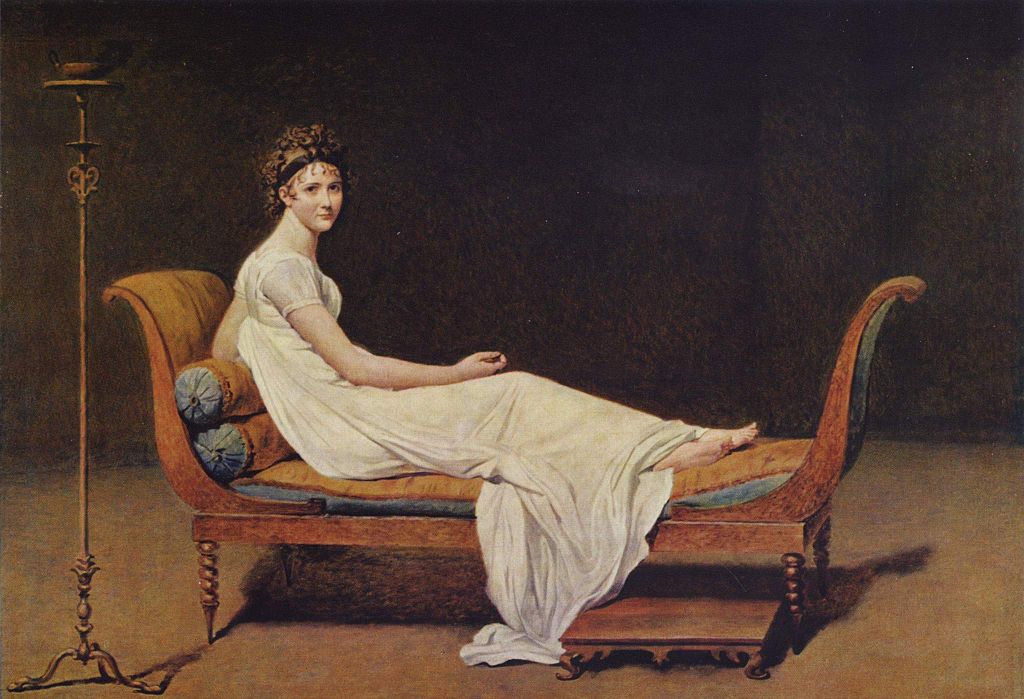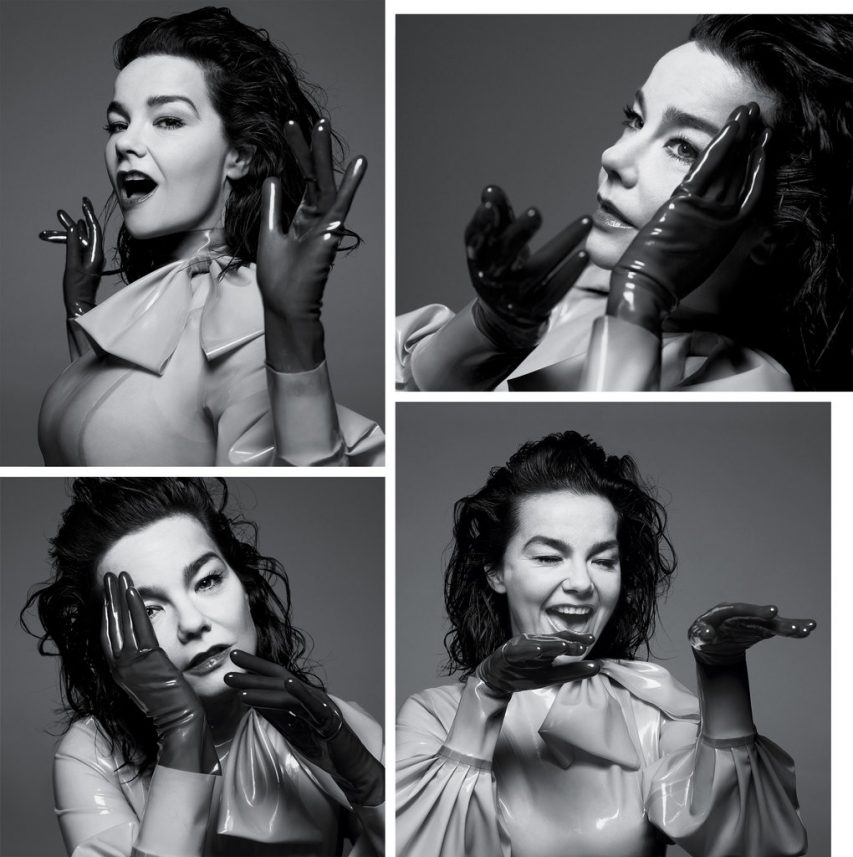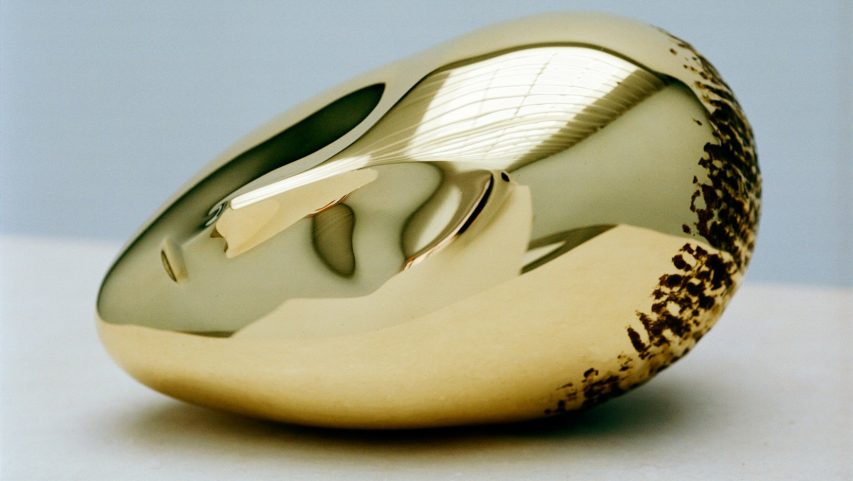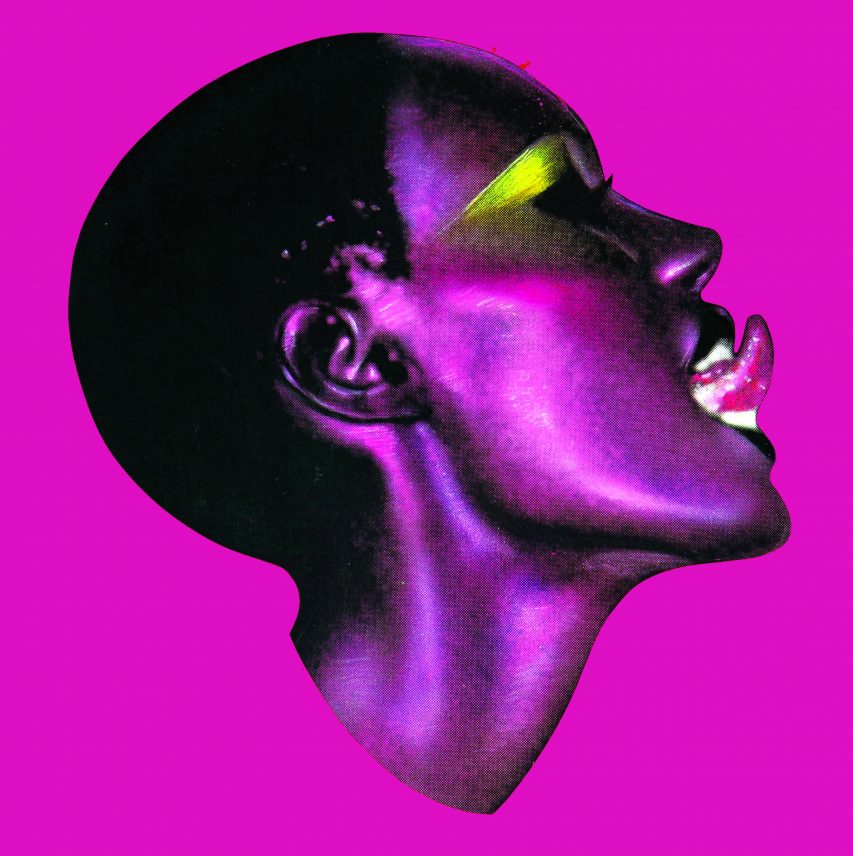Smiles in Art
Nowadays smiles are indications of friendliness, happiness or affection. In art, true emotions can have a variety of meanings.
According to the writer Nicholas Jeeves in his essay “The Serious and the Smirk: The Smile in Portraiture”, the open smile has been “deeply unfashionable”.
By the 17th century in Europe, aristocrats had decided that smiling in public and in art, was a lewd expression reserved for the lower classes, drunks, and theatrical performers.

“Young Man and Woman in an Inn (“Yonker Ramp and His Sweetheart”)” (1623) by Frans Hals – artist undoubtedly influenced by his earlier Italian forebear, Caravaggio
There is a tendency to think that Westerners of centuries past refrained from smiling for portraits to avoid showing off their bad teeth. In reality, poor dental hygiene was so common that it wasn’t considered a detractor of attractiveness. The explanation, actually, is very simple. Today smiling for a selfie takes mere seconds. Sitting for a painted portrait, on the other hand, took hours. Posing was strenuous business.
If a painter managed to convince his subject to be portrayed mid-smile, the resulting portrait is perceived as radical, the smile becoming the focus of the picture, rarely what a paying subject might wish for.
The smile of the Mona Lisa – or La Gioconda – is special because it is so open to interpretation.
It’s difficult to say how Leonardo persuaded the Mona Lisa to maintain her tight-lipped expression.
Yet the Mona Lisa has compelled the attention of viewers for a long, long time due to that famous engimatic expression.

Mona Lisa (La Gioconda) by Leonardo da Vinci
Almost immediately after the invention of photography and cinema in the end of 19th century, beginning of 20th century, the diffusion of smiling in art increased. Modern and contemporary painters working with portraiture have presented unsettling smiles to suggest sinister sociopolitical meanings.
For instance, Yue Minjun – part of the Cynical Realist movement in China and a contemporary artist – many people see his work as steeped in cynicism and critical. Is the smile a revealing expression or one of concealment? In many ways, its reception throughout art history has said a lot about our willingness to really see ourselves, and one another.





